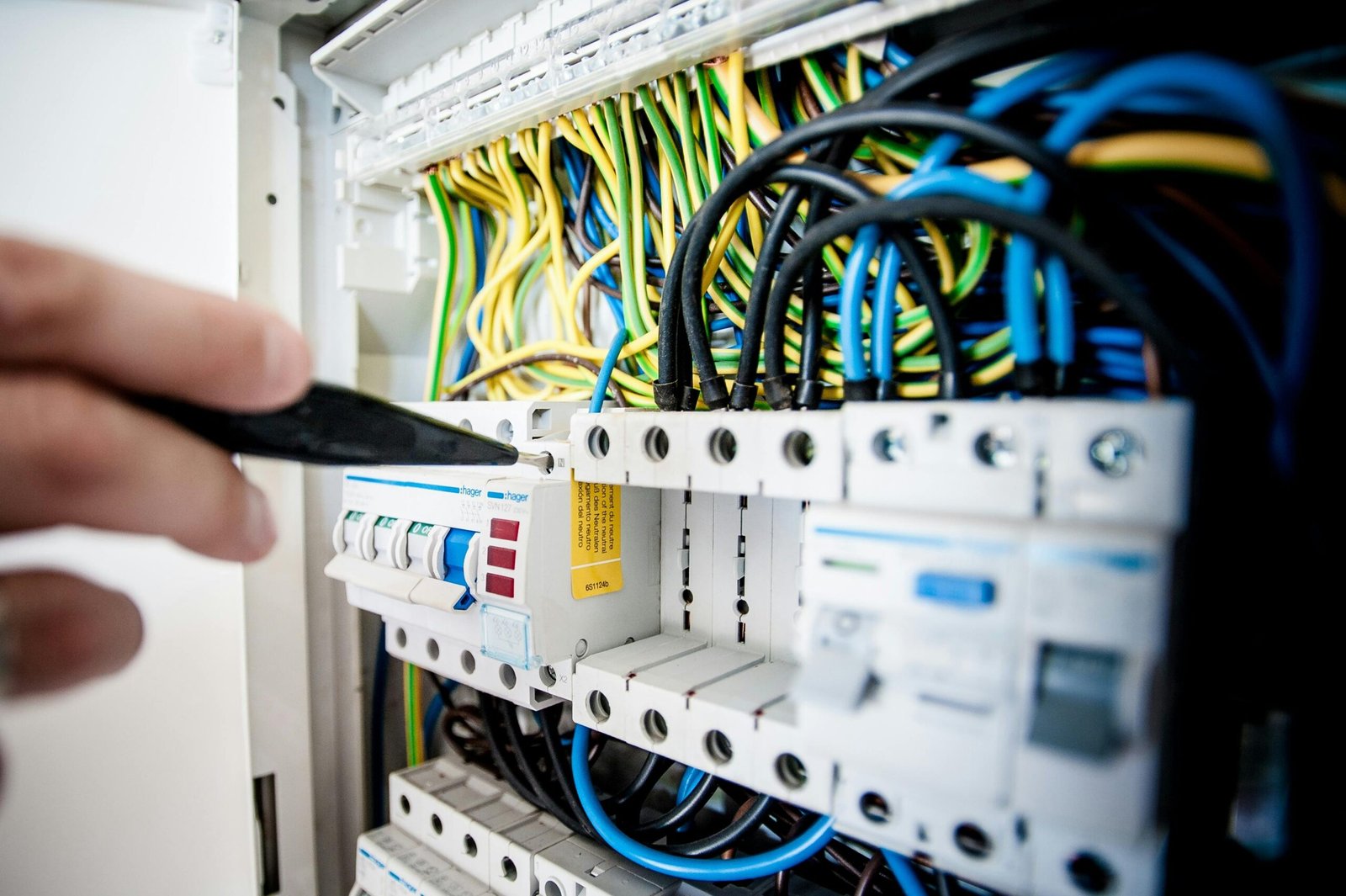A properly functioning furnace is essential for keeping your home warm and comfortable during the colder months. However, many homeowners overlook routine maintenance, leading to unexpected breakdowns and costly repairs. Our professional furnace repair services ensure your system operates efficiently, preventing minor issues from turning into major problems. In this guide, we’ll explore the importance of furnace maintenance, signs that indicate you need service, and basic troubleshooting steps to take before calling a professional.
Furnace Repair 101: What is a Furnace?
A furnace is a crucial component of any HVAC system, responsible for generating heat and distributing it throughout your space. Furnaces come in various types, including:
- Gas Furnaces – Powered by natural gas or propane, these are among the most common and efficient heating systems.
- Electric Furnaces – Use electrical resistance to generate heat, ideal for areas where gas is unavailable.
- Oil Furnaces – Less common but still used in certain regions, these run on heating oil.
- Dual-Fuel Furnaces – A combination of gas and electric systems for optimized energy efficiency.
Choosing the right furnace depends on factors like energy efficiency, fuel availability, and heating requirements.
Furnace Repair 201: Why Maintenance Is Essential
Furnaces endure significant wear and tear throughout the heating season. Without regular maintenance, dirt buildup, worn-out components, and airflow restrictions can lead to inefficiencies and breakdowns. Investing in routine furnace maintenance can save you money and extend the lifespan of your system.
Consequences of Neglecting Furnace Maintenance:
- Higher Energy Bills – A poorly maintained furnace must work harder to heat your home, leading to increased energy consumption and costs.
- Frequent Breakdowns – Lack of maintenance can cause minor issues to go unnoticed until they result in costly repairs or system failure.
- Carbon Monoxide Leaks – Cracked heat exchangers or faulty gas connections can lead to dangerous carbon monoxide exposure.
- Uneven Heating – A neglected furnace may struggle to distribute heat evenly, causing cold spots in your home.
- Reduced Furnace Lifespan – Without proper care, your furnace may wear out years earlier than expected, leading to premature replacement.
Furnace Repair 301: Warning Signs That Your Furnace Needs Repair
Recognizing early signs of furnace issues can help prevent costly breakdowns and ensure reliable heating. Look out for these warning signs:
- Strange Noises – Banging, rattling, or squealing noises could indicate loose or failing components.
- Weak or No Airflow – A clogged filter, blower motor issues, or duct problems may cause weak airflow.
- Frequent Cycling – If your furnace turns on and off too frequently, it may be due to a malfunctioning thermostat or overheating system.
- Unusual Odors – Musty or burning smells could indicate mold growth, electrical problems, or dust buildup in the system.
- Increased Heating Bills – A sudden spike in your energy bill may signal that your furnace is struggling to operate efficiently.
- Cold Spots in Your Home – If some rooms are warmer than others, your furnace may be struggling with airflow or heating distribution issues.
- Yellow Pilot Light – A properly functioning gas furnace should have a blue pilot light. A yellow or flickering flame could indicate a carbon monoxide risk.
Furnace Repair 401: DIY Furnace Troubleshooting and Quick Fixes
While some furnace problems require professional attention, there are a few basic troubleshooting steps homeowners can take to resolve minor issues:
- Check the Thermostat – Ensure the thermostat is set to “heat” mode and that the temperature setting is correct. Replace batteries if necessary.
- Inspect and Replace Air Filters – Dirty air filters restrict airflow, causing the furnace to work harder. Replace them every 1-3 months.
- Ensure Vents Are Open and Unblocked – Blocked vents can lead to uneven heating. Make sure all vents are open and clear of furniture or drapes.
- Check the Circuit Breaker – If your furnace isn’t turning on, check your electrical panel to see if the breaker has tripped.
- Examine the Pilot Light – If your gas furnace won’t ignite, check to see if the pilot light is out and follow the manufacturer’s instructions for relighting it.
- Listen for Unusual Noises – If you hear rattling, check the furnace panels to ensure they are securely fastened.
- Reset Your Furnace – Sometimes, turning your furnace off and back on can help resolve minor issues.
When to Call a Professional
If your furnace continues to struggle after performing these basic troubleshooting steps, it’s time to call an expert. Some issues, such as electrical malfunctions, gas leaks, or mechanical failures, require professional attention to avoid potential safety hazards.
Our Professional Furnace Repair Services
At [Your HVAC Business Name], we offer expert furnace repair and maintenance services to keep your heating system running smoothly. Our services include:
- Furnace Repairs – We diagnose and repair all furnace issues, from faulty ignitors to broken heat exchangers.
- Furnace Maintenance – Regular tune-ups to improve efficiency and prevent costly breakdowns.
- Emergency Furnace Services – 24/7 emergency repairs to restore heating when you need it most.
- Furnace Replacement & Installation – If your furnace is beyond repair, we provide high-efficiency replacement options.
- Carbon Monoxide Testing – Safety inspections to detect and prevent carbon monoxide leaks.
Schedule Your Furnace Repair Today
Don’t wait for a breakdown to address your furnace issues. Regular maintenance and timely repairs can keep your system running efficiently and prevent costly emergencies. Contact Lehigh Valley HVAC Pros today to schedule a service appointment and ensure your home stays warm all winter!






